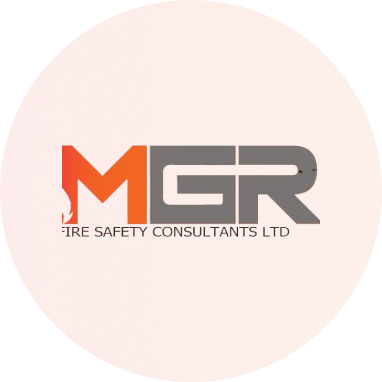

A fire strategy is a technical document that sets the basis for fire safety control measures from the design of a building. It is not a fire safety plan, or an evacuation plan/procedure. It is required to demonstrate compliance with Building Regulations, covering:
Typically, a fire strategy will be produced at the design stage of a building in conjunction with architectural plans and is required as part of a building control submission. The document will also provide details of occupancy levels permitted within the building, against the provision of horizontal and vertical means of escape and levels of compartmentation.
The requirement for a fire strategy is not only applicable to new builds; they can also be produced for existing buildings. These are often known as ‘retrospective fire strategies’. As mentioned above, a fire strategy document forms an essential basis on which to conduct the fire risk assessment and it is important to note that a fire risk assessment cannot deviate from the fire strategy.
Fire strategies can only be produced by qualified and competent fire engineers. Fire engineers must have advanced knowledge in control and spread of fire and the associated products of combustion, in-depth understanding of building materials and equipment for both passive and active fire protection and a balance of knowledge on life safety, property protection and the environmental impact of fire.
Having a ‘suitable and sufficient’ fire risk assessment for the properties you own, manage, or occupy, whereby the risk assessor has had visibility of the fire strategy to formulate their significant findings, is fundamental in managing fire safety.
Remember to keep the fire strategy under review, so it reflects the buildings current use, fire safety features and construction. This will assist the responsible person in demonstrating their duties as outlined in The Regulatory Reform (Fire Safety) Order 2005 (RRFSO).
Where a building is erected or extended, or has undergone a material change of use, Regulation 38 of the Building Regulations requires that a package of fire safety information must be assembled and given to the responsible person of the premises.
A fire strategy is commonly used as a means for collating and providing that information – albeit in many circumstances such information is sadly not provided. More enlightened building owners, given the recommendations made in the post Grenfell Hackitt Review, are now commissioning retrospective strategies to address this lack of information.
Completing a fire strategy will protect business procedures and assets by analysing potential fire spread and implementing a plan to minimise the destruction caused by a fire. The fire strategy can be used alongside a business continuity plan, which is a pre-planned management system implemented to ensure a company can continue to operate after a disaster such as fire, flood, or any other natural occurrence.
MGR can provide comprehensive fire strategy reports in the following ways:

A free telephone consultation which can be on any of the services we provide to include basic free advice on any potential questions you may have in the current climate of change.